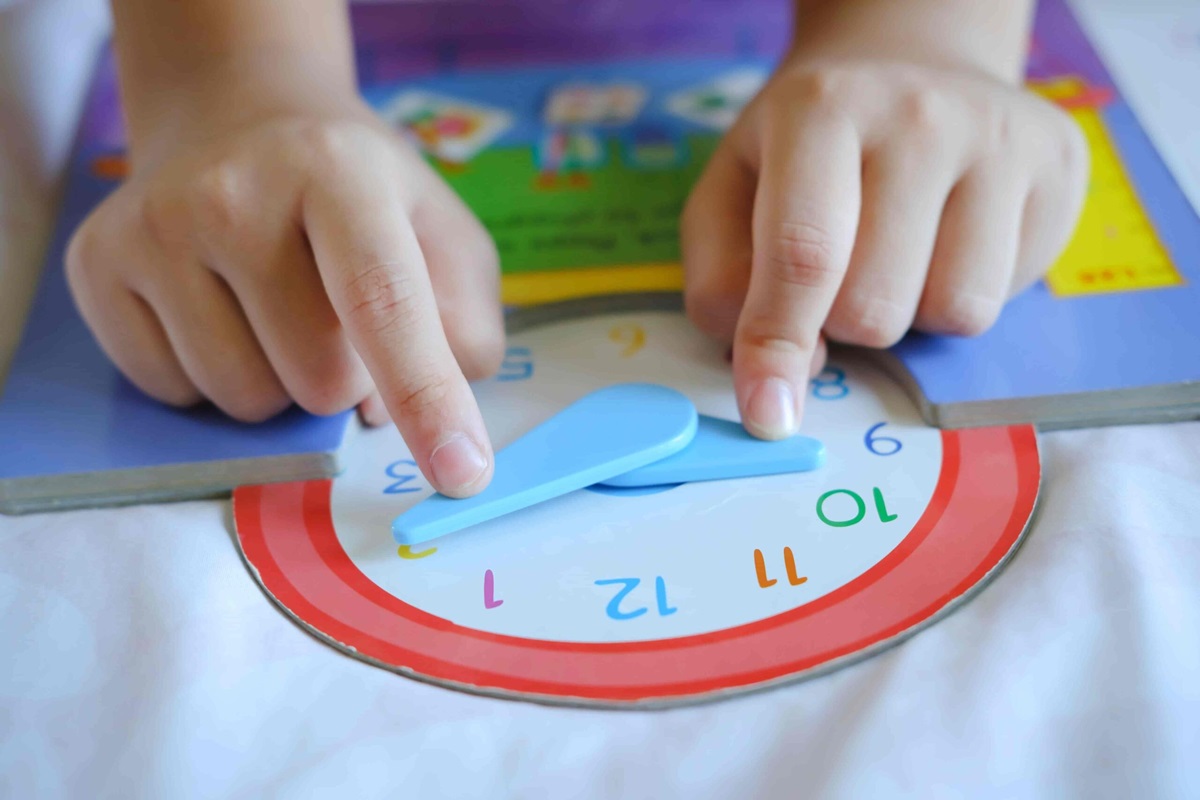Tap, tap, tap. Scroll, scroll, scroll. It’s the familiar dance of fingers tapping on cell phone.
For teens, texting has morphed into the main outlet to communicate with friends, update social network status and stay connected with the rest of the world. In fact, digital natives haven’t known anything different. Their online and offline worlds are seamlessly interwoven. They can’t even imagine that once upon a time their parents might have had one telephone in the house to be shared by all. Nor do they understand the fuss when they are told to put their phone down at dinner time (especially when the adults are all doing the same thing!)
Two-thirds of teen texters are more likely to use their cellphones to text their friends than talk to them on the phone or hang out in person, according to a survey by Pew Internet. It’s no surprise, then, that approximately 800 billion text messages are sent per month in the US. But in a society of constant entertainment and instant information, teens who pair texting on their mobile phones with driving are steering into a potentially dangerous combination.
Car and Driver Magazine conducted a driving simulation test to determine the full effect of texting while driving a car. Their findings were quite unsettling. The results showed even using a straight road without any traffic, road signals, or pedestrians, and looking just at reaction times, texting while driving is even worse than drunk driving. The report concluded, “Both socially and legally, drunk driving is completely unacceptable. Texting, on the other hand, is still in its formative period with respect to laws and opinion.” Maybe not for long.
With such convincing evidence as to the negative impact of texting behind the wheel, it should not take a legal barrier for individuals – most notably teens – to realize the importance of putting the cell phone away while driving. Currently, 38 states have laws on the books banning texting while driving for novice drivers. Teenage drivers in all states across the country are held to much stricter driving standards, forced to pay higher insurance premiums, and are subject to much more scrutiny by police than adult drivers given their reputation as irresponsible drivers. The risk is not just for teens. According to research conducted by AT&T’s It Can Wait program, 40% of drivers use social media while driving and nearly half of commuters admit to texting while driving.
The simple fact is that that text message you are sending about that hilarious movie you saw last weekend can wait – really, it can. With so much more on the line while driving – your life, for example – there is no excuse for knowingly endangering yourself and others on the road.
It’s best to save multitasking for other activities. Use driving time to be mindful of everything around you: the road, the weather, and of course, other drivers (who may be distracted). It there is ever a time to do one thing really well, it’s when you are driving.
Avoid Driving Distractions
- Pull off the road. Don’t drive while calling or texting.
- Use a drive mode app feature on your cell phone.
- Let your voicemail take the call. You can call back later when you are not driving.
- Use speed dialing or voice-activated dialing if you have to make an emergency call while driving.
- Know when to stop talking. If the conversation is long, emotional or stressful continue it when you are not driving.
- Don’t take notes while driving.
- Don’t eat or drink while driving.
- Groom yourself at home, not in the vehicle.
- Pledge to drive distraction free. Check out AT&T’s It Can Wait campaign and the very compelling videos.
This article is republished from Bodimojo’s website here with their permission.










